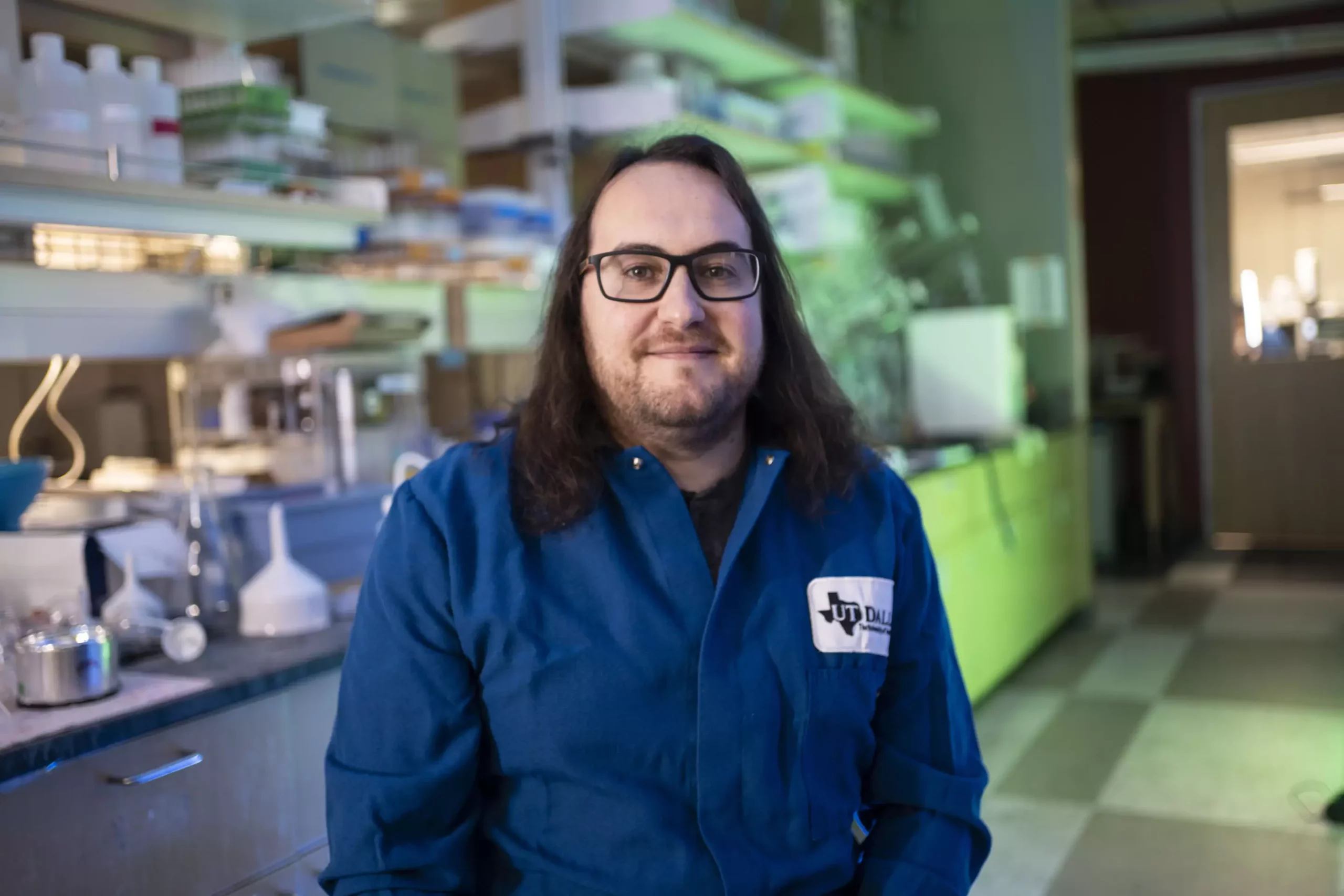The pharmaceutical industry has long grappled with the challenges posed by the enantiomers of organic compounds—molecules that are mirror images of one another. While these enantiomers, or “mirror molecules,” possess the same chemical properties, their activities within biological systems can diverge significantly. This divergence has profound implications for drug efficacy and safety, with one enantiomer potentially offering therapeutic benefits while the other could be inert or even harmful. The recent advancements made by a team of chemists at the University of Texas at Dallas mark a pivotal step toward overcoming these challenges. Their innovative chemical reaction enables the selective synthesis of either the left-handed or right-handed enantiomer, paving the way for tailored therapeutic interventions.
In a study published in the prestigious journal Science, researchers, led by Dr. Filippo Romiti, unveiled a groundbreaking method that streamlines the synthesis of enantiomers for complex organic molecules. This method relies on the incorporation of prenyl groups—composed of five carbon atoms—into enones through a newly developed catalyst, allowing for a one-step synthesis that requires minimal resources and time. Traditionally, replicating the efficient assembly methods employed by nature has presented significant barriers; however, the researchers’ progress represents a much-needed paradigm shift in the field of synthetic chemistry.
Dr. Romiti highlighted the inherent efficiency of nature’s synthetic pathways, expressing excitement over the newfound ability to mimic these processes in the laboratory. The researchers’ approach not only enhances the speed of enantiomer synthesis, completing reactions in approximately 15 minutes at room temperature, but also increases the scalability of production. This is particularly noteworthy given the energy demands of previous methodologies, which often required significant temperature adjustments during synthesis.
While many naturally occurring compounds demonstrate promising medicinal properties, they are typically present in insufficient quantities to conduct comprehensive laboratory tests or to be converted into pharmaceuticals. The utility of the new synthesis method lies in its capacity to generate substantial amounts of pure enantiomers. This capability is crucial for exploring the therapeutic potential of compounds, including polycyclic polyprenylated acylphloroglucinols (PPAPs), which encompass over 400 natural products with diverse bioactive properties targeting conditions such as cancer, HIV, and depression.
In demonstrating this synthesis process, the researchers focused on eight specific PPAPs, highlighting the compound nemorosonol, derived from a Brazilian tree known for its antibacterial properties. For years, the scientific community has been aware of nemorosonol’s antimicrobial activity; however, uncertainty remained regarding which enantiomer possesses this property. The research conducted by Dr. Romiti and his team sheds light on this ambiguity, as they produced enantiomeric samples in quantities suitable for therapeutic testing.
To explore these enantiomers’ potential impact further, the researchers collaborated with the Hamon Center for Therapeutic Oncology Research at UT Southwestern Medical Center to examine the anticancer effects of their synthesized nemorosonol against various cancer cell lines. Preliminary findings indicate that one specific enantiomer exhibited notable effects against lung and breast cancer cells. This discovery emphasizes how critical access to pure enantiomers is for elucidating their therapeutic potential; without it, the relationship between molecular structure and biological activity remains obscured.
Dr. Romiti underscored the significance of this research, noting that while the findings point toward promising directions, further exploration is essential to determine whether differences in activity are specific to individual enantiomers. This nuanced understanding of enantiomeric effects can have a profound impact on the future of drug discovery and development.
The implications of this research are myriad, extending to both drug manufacturing processes and the optimization of natural product analogs. By fostering a more efficient synthetic approach, the researchers’ method stands to enhance the production of potent natural products and their derivatives. Dr. Romiti emphasized a commitment to making the synthesis process as friendly as possible for pharmaceutical applications, thereby equipping chemists and biologists with a powerful new tool for advancing drug discovery.
As the research moves forward, Dr. Romiti’s team plans to expand the scope of their synthesis to encompass various classes of natural products and not merely PPAPs. This strategic direction could vastly extend the arsenal of biologically active compounds available for therapeutic use, ushering in new opportunities for treating diseases that currently lack effective interventions.
This groundbreaking research marks a significant stride toward revolutionizing the way we approach drug development, emphasizing the importance of precise enantiomer synthesis to unlock the full therapeutic potential of naturally occurring compounds.

